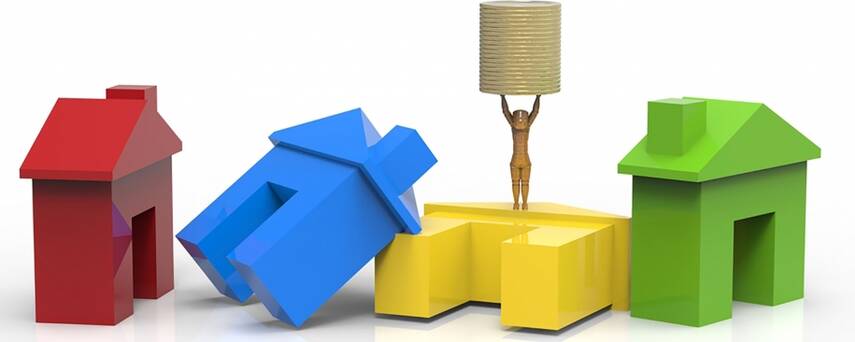Indian Income tax laws allow an assessee to claim long-term capital gains on the sale of property or any other asset if it a residential property.
What the question arises is that how many houses can an assessee claim tax exemption. In one of the case, the Delhi High Court ruled that ‘a residential house’ term refers to the property that should mandatorily be residential. The ‘a’ in the sentence does not refer to the number but emphasises the nature of the property. The exemption cannot be made for the commercial complex.
Tax payers were able to claim long-term benefit for more than one property. But an amendment was later passed that replaced the ‘a residential house to ‘one residential house’.
Can a person claim for exemption if they bought more than one property but are using it as one?
This is one of the most frequently asked questions. A lot of people buy more than one property to use it as one and are generally confused if they can claim for one property or two. Two decisions provide the answer:
The first case is of CIT vs D Ananda Basappa 309 ITR 329 (Kar). They purchased multiple flats and used it as a single residential unit. The units were bought from different vendors and had two separate sale deeds. The tax exemption was allowed. The Supreme Court rejected a special leave petition filed by the income tax department against the decision.
It can be inferred that a buyer can buy multiple flats and can claim the exemption for the same, given they can show them as a single unit.
The send case was of ITO vs Suseela M Jhaveri. She purchased different residential buildings in different locations. The exemption was allowed to be made for only one.
Hence, it is inferred that a taxpayer is free to claim the exemption for more than one residential property given they are adjacent, or one after another and the taxpayer can prove that they will be used as a single entity or a joint family residential unit. This is one of the critical things to keep in mind while claiming for long-term tax exemption for more than one property.







